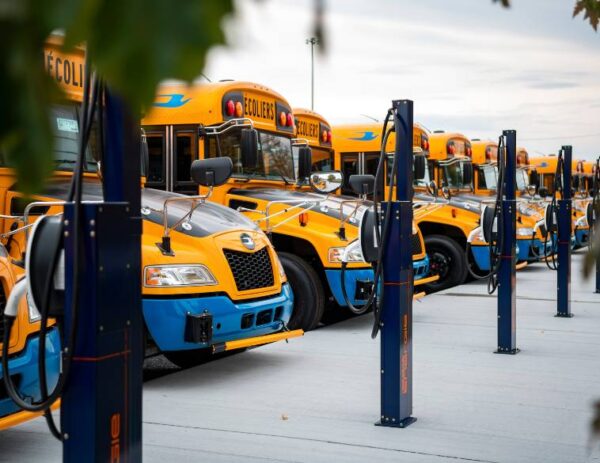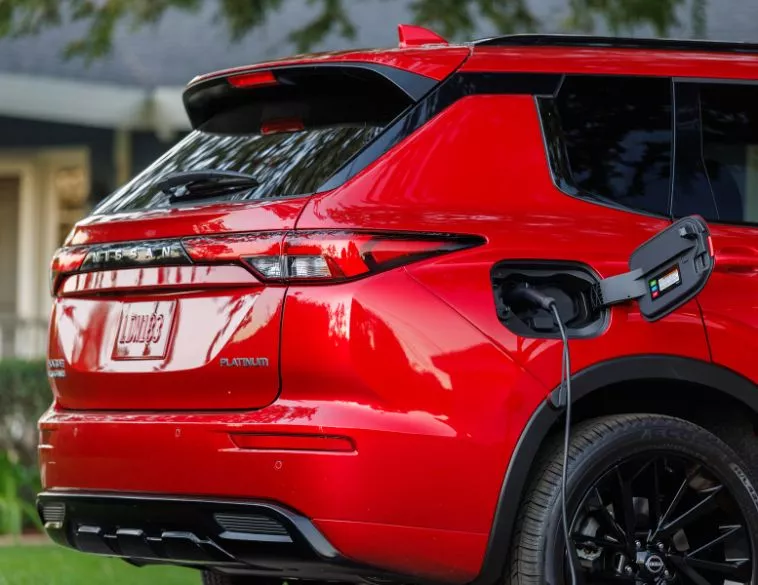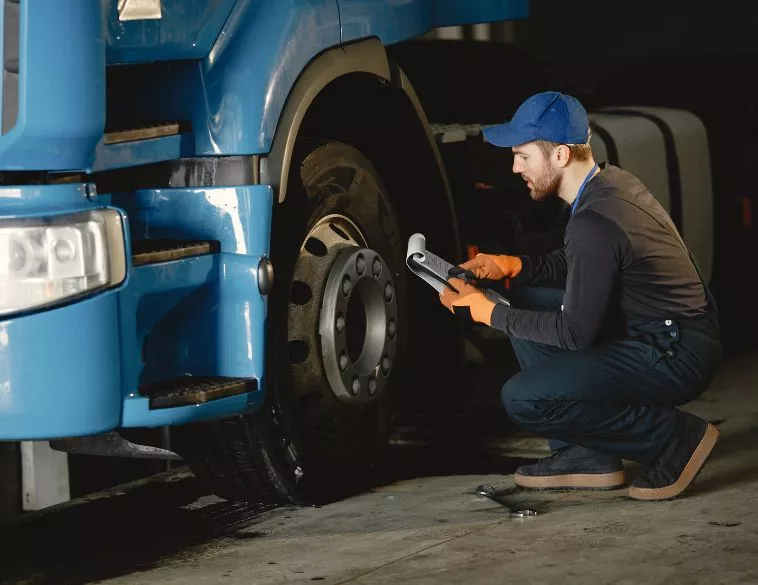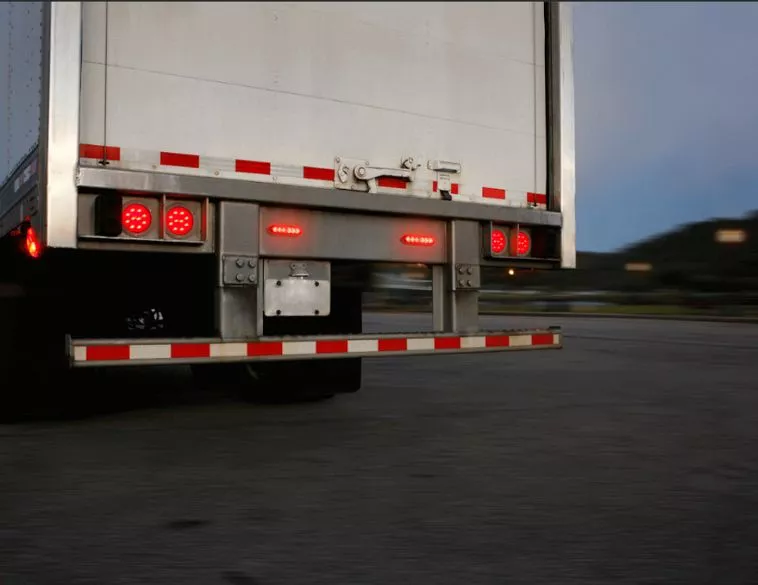Monetizing the Electrification of Your Fleet With Carbon Credits

In Canada, new private and public initiatives are making fleet electrification more affordable. Among them, the valuation of compliance units, commonly known as carbon credits, even enables the monetization of the energy transition.
Let's take a closer look at the details!
The Clean Fuel Regulations (CFR)
Since 2023, owners and operators of electric fleets have been able to monetize their charging operations thanks to the Clean Fuel Regulations (CFR) under the Canadian Environmental Protection Act.
The CFR aims to reduce greenhouse gas (GHG) emissions by reducing the lifecycle carbon intensity of gasoline and diesel imported or produced in Canada. To achieve this, the CFR promotes the adoption of low-carbon fuels and end-use fuel switching in the transportation sector.
Fleet electrification, therefore, aligns with the CFR, as it involves end users changing or retrofitting their vehicles to run on low-carbon energy sources.
[caption id="attachment_420049" align="aligncenter" width="600"] Compliance units (carbon credits) can be created with the use of electric buses. Credit: Polara[/caption]
Compliance units (carbon credits) can be created with the use of electric buses. Credit: Polara[/caption]
How does the carbon market work in Canada?
The Clean Fuel Regulations provide methods for generating compliance units (CUs) from various sources, including low-carbon fuels. When an emitter reaches a certain threshold of GHG emissions, it must reduce its carbon footprint and offset its emissions by purchasing credits, known as compliance units. Conversely, a company that reduces the carbon intensity of its operations by electrifying its fleet can generate compliance units. These units are traded on the Canadian carbon market.
A compliance unit is deemed to reduce the amount of CO2 released by one metric tonne. This means that for every 18 tonnes of CO2 emissions prevented through the use of an electric bus (based on average use and consumption), 18 compliance units are created. Using a commercial electric van is expected to avoid about 15 tonnes of CO2.
The process of monetizing compliance units
To monetize their decarbonization efforts successfully, fleet managers must take the following steps:
- Conduct research and seek support
- Register as a creator of compliance units
- Measure and monitor consumption
- Generate detailed reports
- Ensure compliance unit certification
- Negotiate and sell compliance units
- Apply for annual renewal
The value of a compliance unit varies over time according to supply and demand. For reference, Énergir estimates that a compliance unit will be valued between $118 and $197 in 2025.1
The process of monetizing compliance units can quickly become complex and costly, so it's best to enlist the help of experts. Polara takes care of every step so the fleet managers can reap the benefits of their environmental efforts without worrying about the associated risks and workload.
Contact us to find out more!
1. Énergir, Measures concerning the purchase and sale of renewable natural gas, R-4008-2017, 2022.




